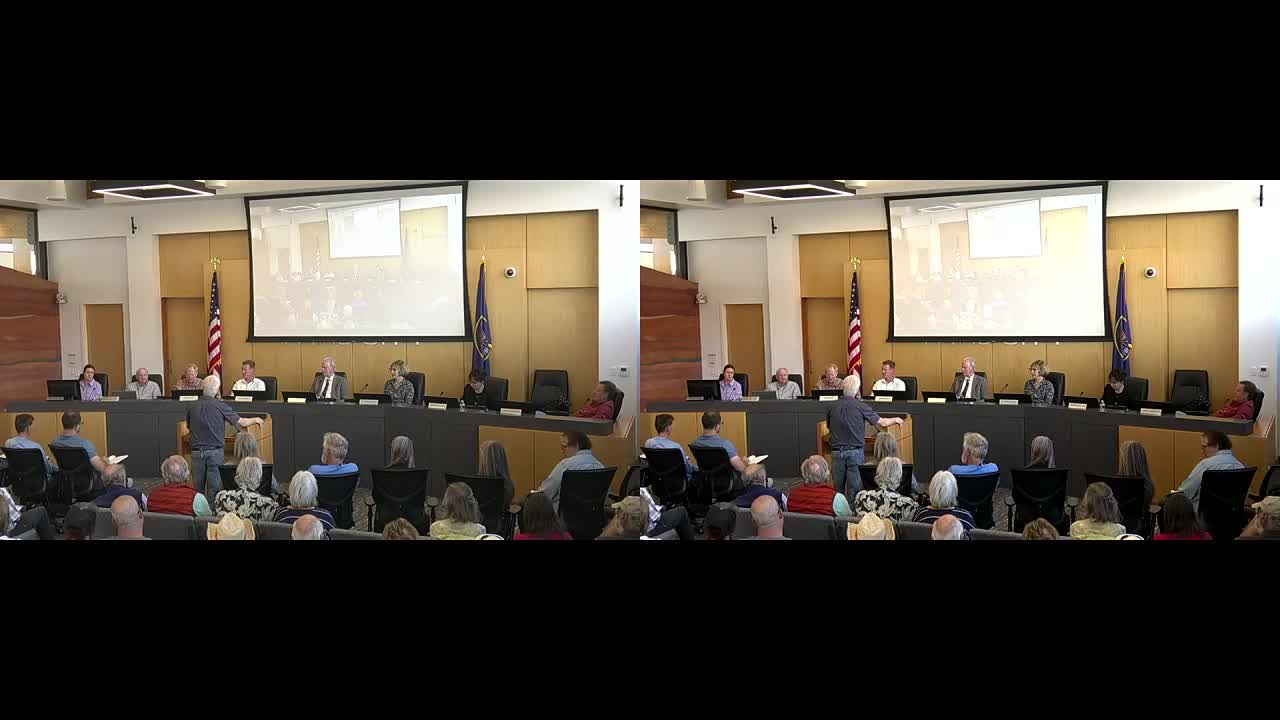Invasive Tamarisk Threatens Reservoir Ecosystem and Access Roads
March 21, 2024 | Ivins City Council, Ivins, Washington County, Utah

This article was created by AI summarizing key points discussed. AI makes mistakes, so for full details and context, please refer to the video of the full meeting. Please report any errors so we can fix them. Report an error »

In a recent government meeting, officials addressed pressing environmental concerns surrounding the management of invasive vegetation and sediment accumulation in local reservoirs. The discussions highlighted the detrimental impact of Tamarisk, an invasive plant species, which not only consumes excessive water but also outcompetes native flora, leading to significant ecological disruption. Participants noted that Tamarisk's presence can result in the decline of native species such as cottonwoods and willows, and it poses a fire hazard due to its flammability.
Moreover, the invasive species releases salts into the soil, further harming surrounding vegetation. The urgency of addressing these issues was underscored by the need for effective management strategies to mitigate the spread of Tamarisk and its associated risks.
The meeting also touched on logistical challenges related to sediment removal from the reservoir. Estimates indicated that if sediment is not cleared every five years, it could lead to a significant loss of reservoir capacity, similar to the situation at Gunlock Reservoir. Concerns were raised about the potential increase in truck traffic required for sediment removal, emphasizing the need for careful planning to minimize disruption in residential areas.
Officials acknowledged the importance of maintaining access roads for emergency egress and the necessity of developing ordinances to manage dust and debris from truckloads transporting sediment. The discussions concluded with a commitment to address these environmental and logistical challenges collaboratively, ensuring the health of local ecosystems and the safety of community infrastructure.
Moreover, the invasive species releases salts into the soil, further harming surrounding vegetation. The urgency of addressing these issues was underscored by the need for effective management strategies to mitigate the spread of Tamarisk and its associated risks.
The meeting also touched on logistical challenges related to sediment removal from the reservoir. Estimates indicated that if sediment is not cleared every five years, it could lead to a significant loss of reservoir capacity, similar to the situation at Gunlock Reservoir. Concerns were raised about the potential increase in truck traffic required for sediment removal, emphasizing the need for careful planning to minimize disruption in residential areas.
Officials acknowledged the importance of maintaining access roads for emergency egress and the necessity of developing ordinances to manage dust and debris from truckloads transporting sediment. The discussions concluded with a commitment to address these environmental and logistical challenges collaboratively, ensuring the health of local ecosystems and the safety of community infrastructure.
View full meeting
This article is based on a recent meeting—watch the full video and explore the complete transcript for deeper insights into the discussion.
View full meeting

